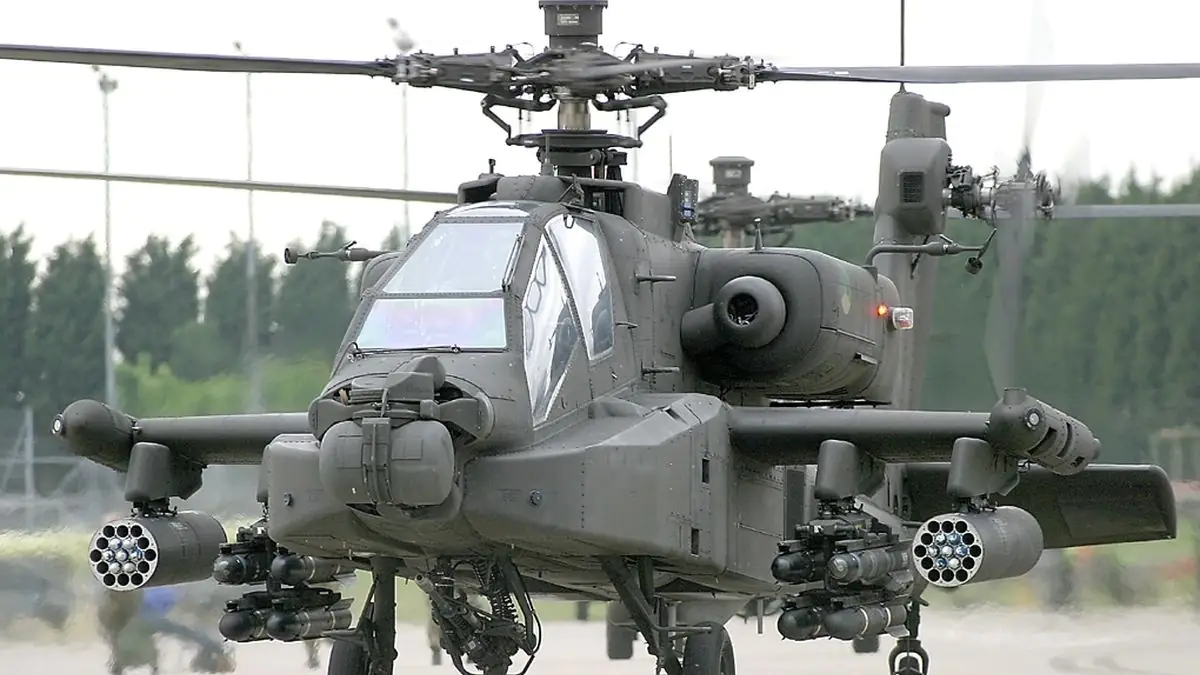At the beginning of this year, a helicopter crash occurred in Utah involving an AH-64D Apache belonging to the state’s National Guard during a familiarization flight. The investigation revealed that the aircraft was piloted by a retired Air Force colonel and F-35 pilot who lacked the necessary qualifications to operate the Apache.
The inquiry noted that the pilot had only 35 minutes of experience on an AH-64D simulator before taking the controls of a real Apache for a 90-minute familiarization flight. According to media reports, the crash happened when the pilot, who was not sufficiently familiar with helicopter operations, attempted to land the Apache at the airport in West Jordan, Utah.

Investigators found that during the return to the airport, the colonel struggled to control the helicopter, requiring intervention from the accompanying senior warrant officer three times. During the fourth attempt, the pilot panicked and reverted to his fixed-wing aircraft piloting skills, applying pressure to the landing gear in a manner unsuitable for a rotary-wing aircraft. As a result, the Apache veered, rapidly lost altitude, and crashed before the senior warrant officer could regain control. The warrant officer sustained minor injuries, while the pilot required surgery and rehabilitation following the crash.
The investigation not only highlighted the Air Force colonel’s lack of qualification but also pointed out the excessive overconfidence of the warrant officer and poor flight management, which contributed to the crash. Furthermore, the report criticized the Utah National Guard command for its failure to ensure adherence to standard operating procedures. The investigation referenced a similar leadership failure that led to a 2022 incident involving the crash of two Utah National Guard helicopters.
Moreover, the findings of the investigation underscore broader implications for military aviation protocols. Investigators strongly recommended that the National Guard Bureau review the procedure for familiarization flights on Apache helicopters nationwide. Implementing such changes could help prevent potential incidents involving inadequately qualified pilots in the future.

Familiarization flights are a common practice in military aviation, aimed at acquainting personnel with different types of aircraft. However, the report emphasizes the need for stricter adherence to qualification standards to prevent unqualified individuals from operating complex and advanced machinery, such as the Apache helicopter. This incident has raised concerns about the adequacy of existing safety measures and oversight by the Utah National Guard leadership.
The report’s recommendations could lead to changes not only in Utah but also across other National Guard units nationwide, highlighting the critical need for strict compliance with qualification standards in military aviation.
The AH-64D Apache Longbow is a twin-engine attack helicopter renowned for its advanced combat capabilities and versatility on the battlefield. It is equipped with a powerful 30mm M230 chain gun, Hellfire missiles, and Hydra 70 rockets, allowing it to effectively engage armored vehicles, infantry, and other ground targets. Additionally, it features the advanced Longbow radar system, which enables target detection and tracking even in adverse weather conditions and low-visibility environments.
Source: theaviationist








